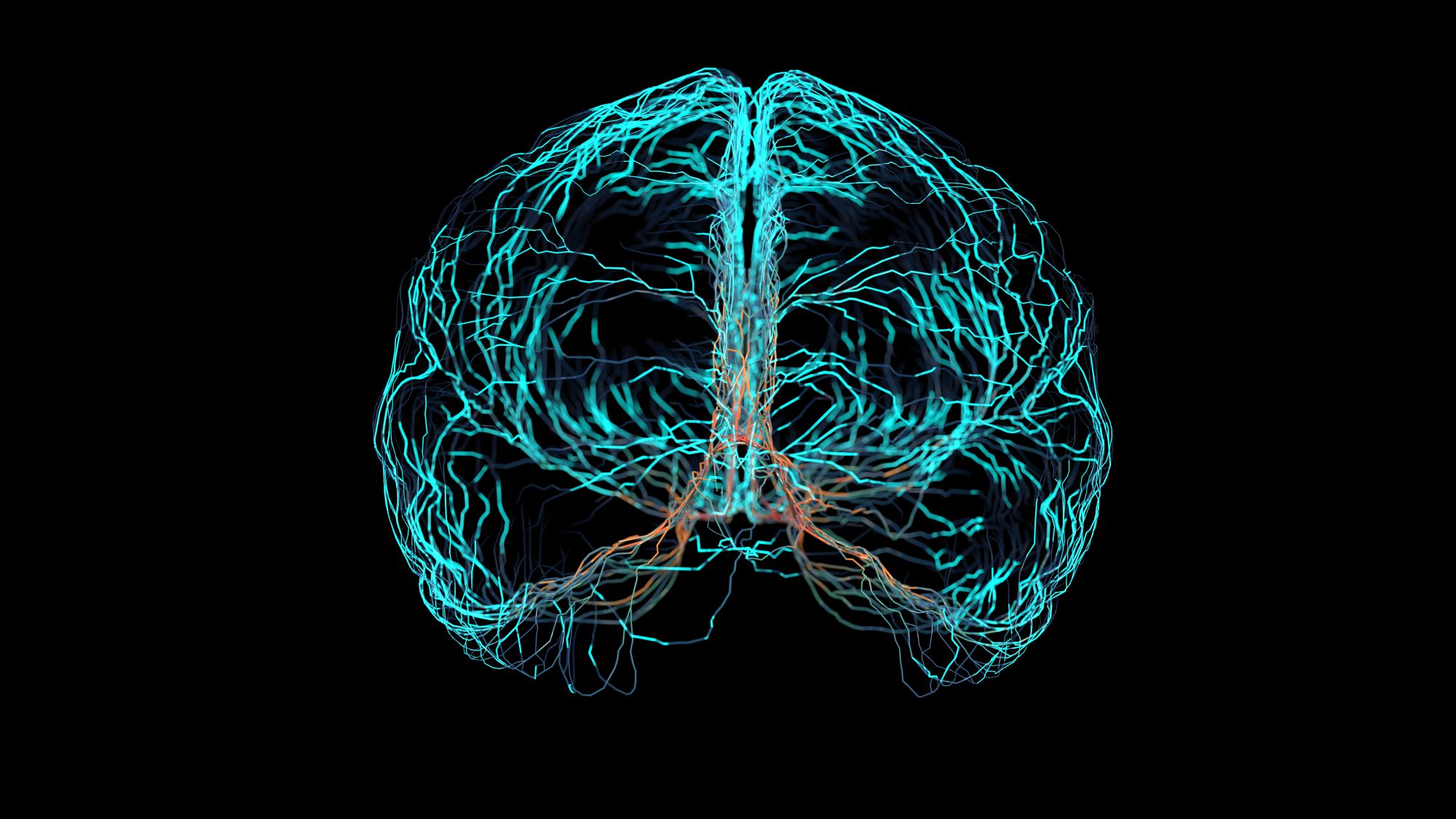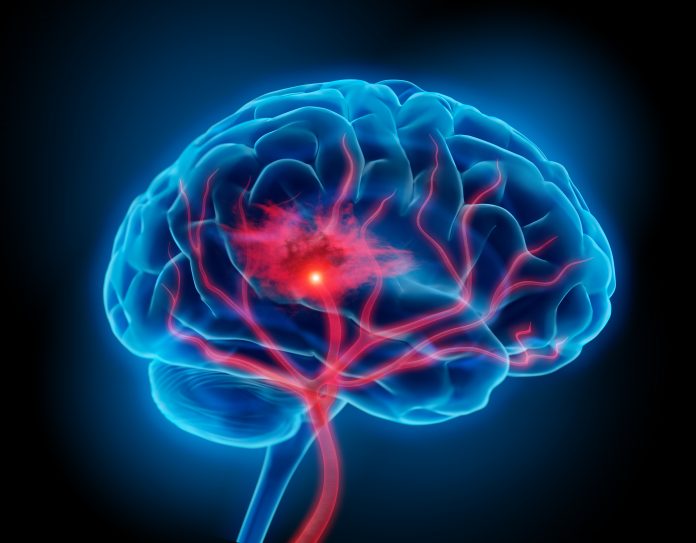Researchers from Denmark have developed a cutting-edge artificial intelligence (AI) framework that outperforms human emergency call-takers in the field of stroke identification
This ground-breaking system has the enormous potential to serve as a complementary tool for accurate and early stroke recognition in the future by successfully identifying strokes across different age groups and genders.
Presented at the European Stroke Organisation Conference (ESOC) 2023, a recent retrospective study utilized the Danish Stroke Registry and a substantial dataset of 1.5 million calls received by the Copenhagen Emergency Medical Services between 2015 and 2020.
Among these calls, over 7,000 were specifically related to strokes. By leveraging this data, researchers achieved remarkable results by training an AI framework to accurately transcribe call audio and predict stroke risk using the transcribed text.
Emergency call handling in detecting stroke cases
The findings, based on 2021 call data, demonstrated superior performance of the AI framework over emergency call handlers in detecting stroke cases.

- The AI framework showcased outstanding performance with a recall of 63.0% and precision of 24.9%, resulting in an impressive F1 score of 35.7*.
- In contrast, emergency call handlers achieved a lower recall of 52.7% and precision of 17.1%, resulting in an F1 score of 25.8.
Dr Jonathan Wenstrup, a co-author of the study from Copenhagen University Hospital, provided insights on the revolutionary finding, saying
“As one of the first points of contact for patients seeking medical assistance, emergency call handlers play a critical role in facilitating early and accurate stroke recognition. Many stroke cases can go undetected at this stage, leading to delays in treatment that can have potentially life-threatening consequences for patients.”
emergency call handlers play a critical role in facilitating early and accurate stroke recognition
As the population ages and expands in the European Union (EU), it is expected that between 2017 and 2047, there will be an estimated 27% increase in the number of stroke victims. Despite these alarming statistics, strokes are frequently preventable, and prompt treatment greatly improves the chances of a full recovery.
With its impact extending to over a million individuals each year, stroke takes the stage as the second leading cause of both mortality and adult disability in Europe, bringing forth a compelling narrative.
Stroke is the second leading cause of mortality in Europe
Dr Wenstrup provided more of his expert insights on the issue, “With the implementation of this new, cost-effective supporting tool, we can enhance stroke identification by call handlers and ensure more patients receive appropriate and timely care, ultimately improving patient outcomes”.
He also highlighted the need for continued research and development to enhance the accuracy and capabilities of the framework.
“As with any new tool, further research and development are necessary to improve the framework’s accuracy and expand its capabilities. In the future, it may be possible to train the framework directly from the call audio, bypassing the transcription step, as well as incorporating non-word audio – such as a slurred voice – into the training data.
“However, given the promising results of this study, it is already clear that technologies like this have the capability to completely transform stroke diagnosis and care.”











